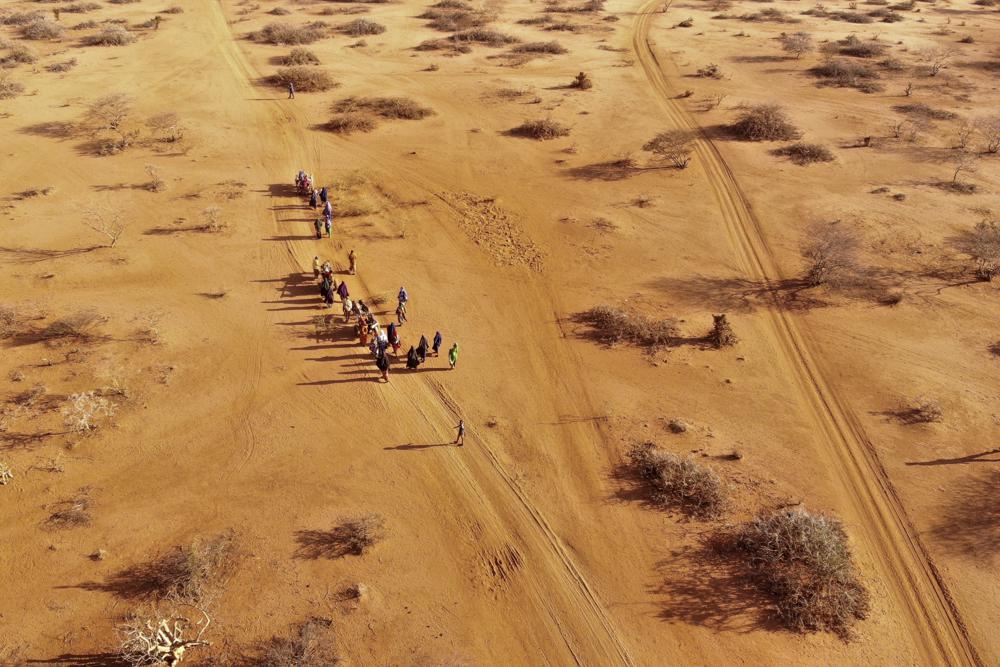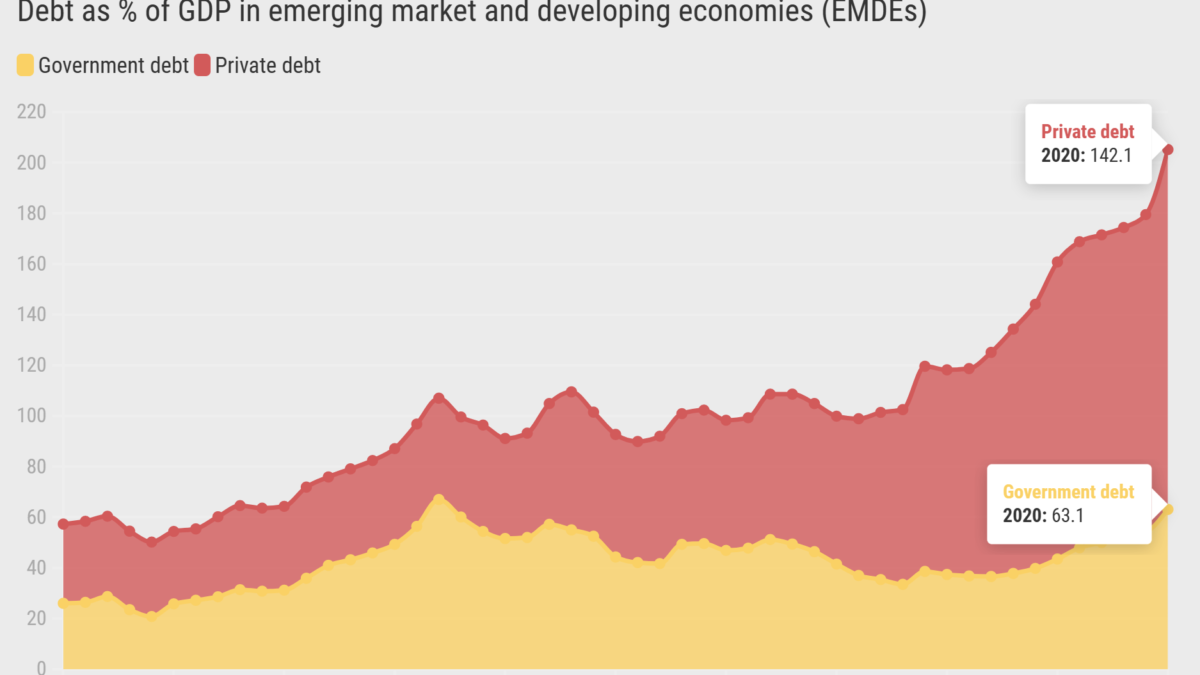Climate migration: Açai growers flee salty Amazon water – “The village is approaching its end”
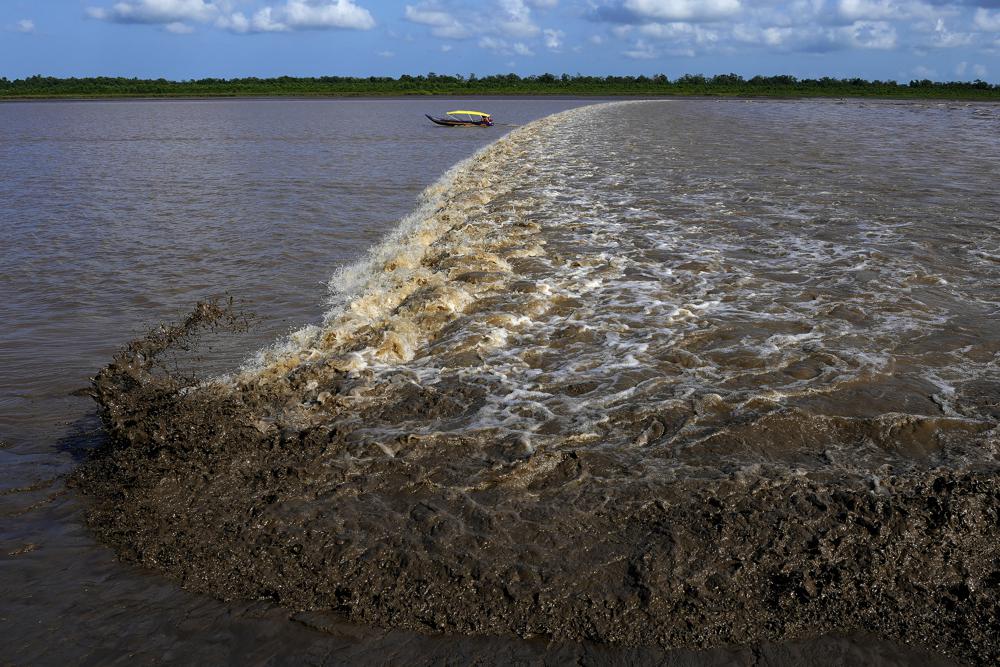
By Fabiano Maisonnave and Eraldo Peres
10 November 2022
MACAPA, Brazil (AP) – Where the mother of all rivers meets the Atlantic Ocean in coastal Brazil, it’s not a single channel, instead it braids around 230 kilometers (142 miles) of islands including the Bailique Archipelago.
A native of the mouth of the Amazon, Elielson Elinho, 31, knows that the struggle between the majestic river and the ocean shapes life in these islands. So much so that early this year, his family sensed that the sea was winning, and that it was time to leave.
The Amazon River discharges one-fifth of all the world’s freshwater that runs off land surface. Despite that force, the seawater pushed back the river that bathes the archipelago for most of the second half of 2021, leaving thousands scrambling for drinking water.
“We had to travel upriver by boat for two hours to fetch sweet water. And sometimes it tasted salty even going that far.” Elinho told The Associated Press in his home in Macapa city, where he has lived since August with his wife, Sabrina Fernandes, 25, and their three sons.
The river and the sea push back and forth against each other with different strengths according to the season. During a full moon, the sea invades the river with such strength that, in some places, it turns into a single giant wave of up to 4 meters (13 feet), a phenomenon known as pororoca. The advance of seawater typically occurs in Bailique during the dry season when the Amazon River’s flow diminishes.
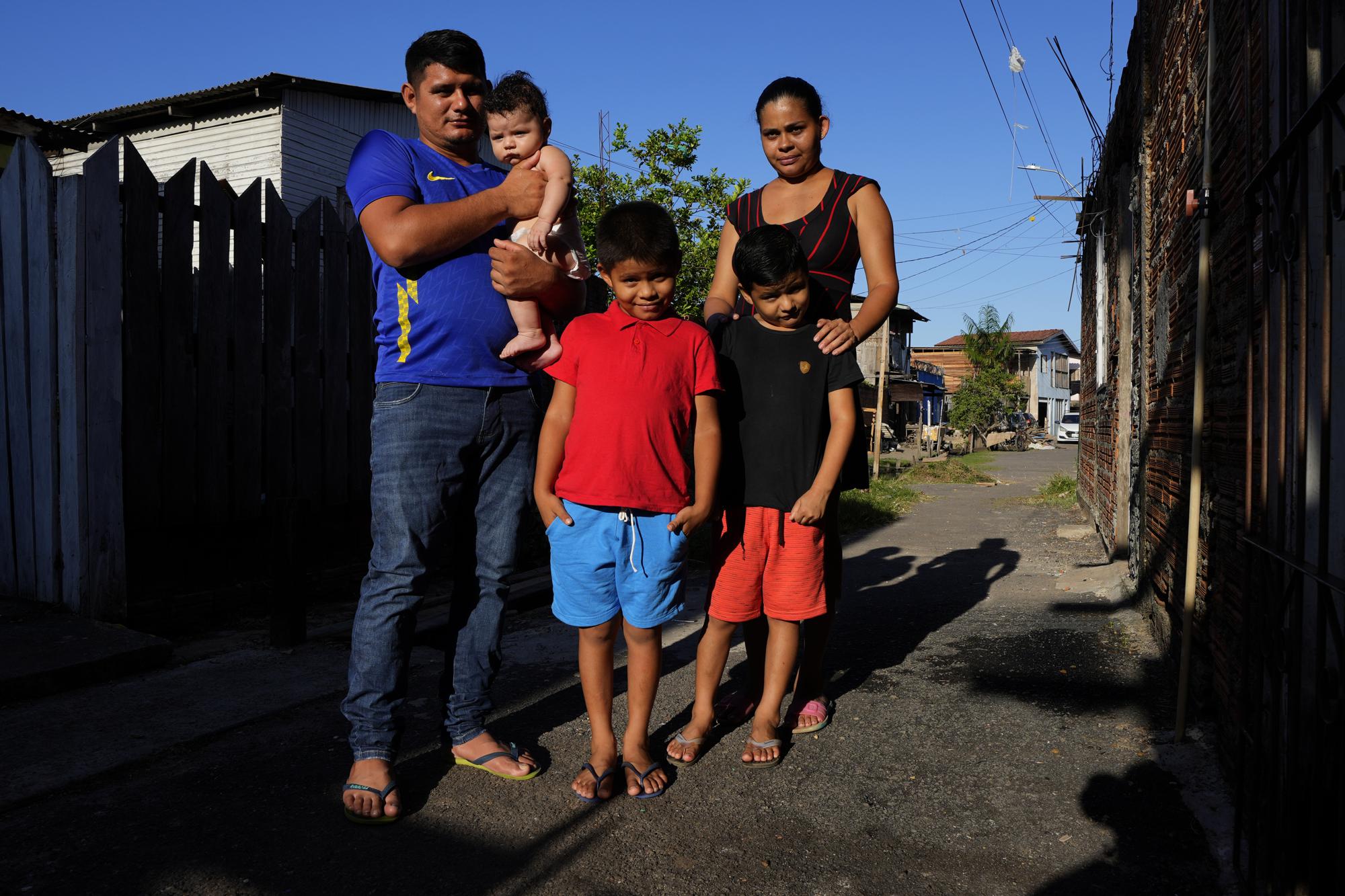
Last year, the seawater pushed upriver for longer, around five months. The water tasted saltier and for the first time in several decades, it reached the whole archipelago, eight islands, where about 14,000 people live spread across 58 villages.
“I had never seen it like this before. Not even my parents did it,” said Elinho, who, living now in Macapa, is away from the islands for the first time in his life.
Macapa authorities declared a state of emergency in October 2021. But help was scant, Fernandes and other residents say. Her family of four (her third child was born this year) received only 9 liters (2.3 gallons) of mineral water every two months. Even reserving it for drinking, it lasted only a few days.
There is no piped water in the islands. With their drinking water — the river — salty, many Bailique residents had no choice but to use salty water to wash clothes, bathe, cook and brush their teeth, an unpleasant and unhealthy situation.
“We avoided cleaning our faces. The skin gets dry. We used soap, but it makes no foam. When we woke up, our skin was white. For my sons and many other people, it caused itching and they had to use an ointment,” Fernandes recalls.

In January, Elinho’s family made their first move, to a community farther from the ocean. During the week, he returned to work on his groves of açai palms, the primary income for hundreds of Bailique families. Much of the açai in the U.S. comes from the mouth of the Amazon.
The water quality was better and the children attended a better school, but they continued facing another chronic problem in the region: electric outages — for months at a time.
The power lines that supply Bailique are hung from poles along the river’s edge. But erosion of the riverbank has intensified, and many poles have begun to slump into the water.
It takes weeks or even months to restore power. Fernandes and Elinho’s family were spending around US $300 a month on gasoline for the generator. So they made a painful decision to move again. When the family left for Macapa in August, the lights still had not been restored.
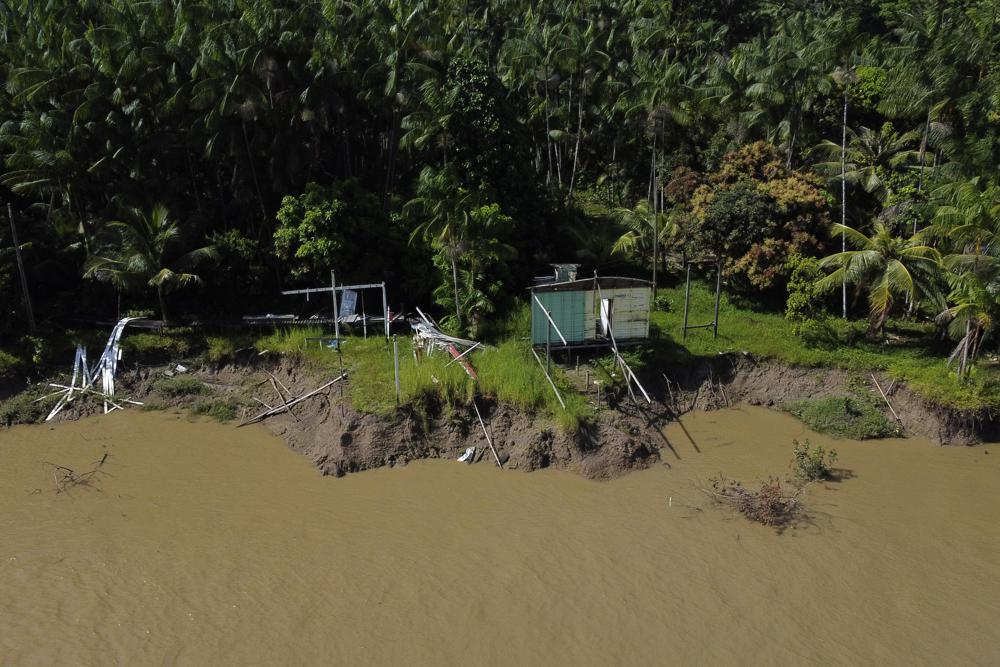
Besides electrical lines, sea erosion is also swallowing houses, schools and other facilities. One of the most visible places is in Progresso, the Bailique region’s largest village, located close to where the Amazon River touches the Atlantic. On a September morning, the AP team arrived after a 14-hour river trip surrounded by the lush rainforest. The front part of a market had just fallen into the water.
“There was a soccer field here in the front. And after that, there was a hut. And after that was a line of trees,” butcher shop owner Reginaldo dos Santos said, pointing to somewhere in the middle of the river.
The sea erosion did not even spare the main school. In February, part of its buildings crumbled.
“First, people came to live here. Now they are leaving,” says market owner Manoel Pantoja, 58. After 20 years in Progresso, he plans to move to a community closer to Macapa in December. “The village is approaching its end.” [more]

